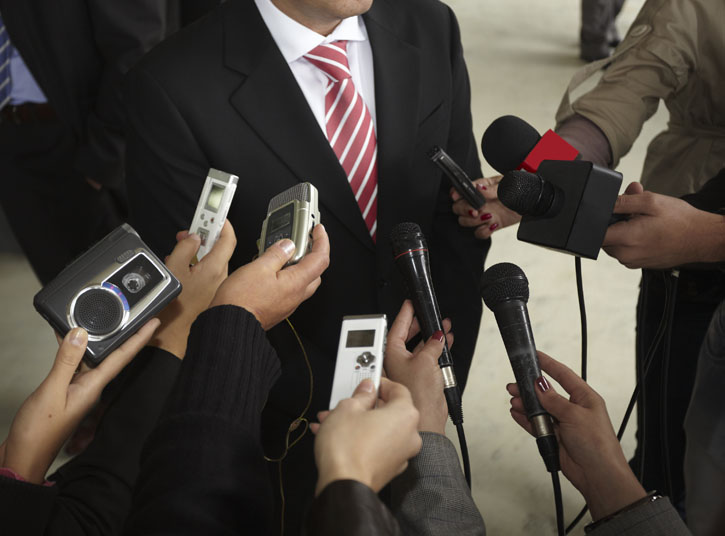
On Dec 26th last year, survivors and victims in 13 Asian countries commemorated the tenth anniversary of the Boxing Day tsunami, a disaster in which around 230,000 people died.
As a journalist, an important anniversary such as that is always a good reason to do a story. But for me, it had added importance: I was sent to the Thai resort island of Phuket in 2004 to report on the disaster that killed over 800 people in that area, locals and foreigners alike.
As it happens, I wasn’t sent back to do a “10 years on” piece of reportage. In many ways I wish that I had been, because it would have given me some fresh pictures of Phuket to keep in my mind, rather than the devastation that I saw a decade ago.
That devastation is still pretty clear in my memory. I remember sitting in a movie theatre when the trailer for The Impossible flashed up before my eyes. I had no idea a movie about the tsunami was about to be released and watching the preview felt like an unexpected punch in the stomach – it literally took my breath away. I don’t know how they did it, but the filmmakers managed to recreate the emergency centre scenes, with thousands of people wandering aimlessly and desperately around looking for loved ones, exactly as I remembered it.
I didn’t see The Impossible when it came out, and I still haven’t – I don’t need to be reminded of the mass devastation, the shock, the hope and the hopelessness.
Despite how I feel now, at the time I took the assignment in my stride – describing night after night on live TV the enormity of what had happened; working around the clock, never tiring, totally focused, seeing awful things, hearing awful stories, doing unthinkable interviews, yet still reporting the news with authority, integrity, credibility as well as compassion.
I imagine that in this regard, journalists and emergency service teams are very similar – we have a job to do and we do it, without letting the circumstances of what we’re doing overwhelm us.
The problem is, we’re all working on the same job, in the same space and so sometimes, we get in each other’s way. We’re operating to different priorities, different deadlines and answering to different bosses so it’s no wonder we don’t always click.
So this blog goes out to all the incredible people who put their normal lives on hold to enter disaster zones, often for weeks on end. I hope it helps you understand journos better.
1. WHY IS IT IMPORTANT TO WORK WITH MEDIA?
Most importantly, the media raises awareness of the terrible situation you’re dealing with. By doing that we prompt people to care about those less fortunate, to contribute to disaster relief appeals, to understand world events better (poverty, climate change, poor building standards, disease, terrorism etc…) and to become more active, informed global citizens.
Secondly, we make you look good. You get portrayed as heroes and experts who are calm under pressure and willing to sacrifice everyday life to help strangers. If you don’t work with the media, you risk being seen as obstructionist, bogged down in red tape or unprepared for the massive job at hand.
2. HOW CAN YOU WORK WITH THE MEDIA EFFECTIVELY?
By being media trained! If you know what the journos want, why they want it and when they’ll need it by, you can anticipate what you’re going to be asked to do/say.
It also helps if you respect the job that we do and remember that we’re not maliciously trying to make your job harder. Work cooperatively with us. If you don’t, we’ll call your boss. Or someone higher.
3. WHAT’S IT LIKE IN A NEWSROOM WHEN SOMETHING BIG IS HAPPENING?
More often than not, the event starts with a whimper, not a bang. It could be just one line on the wire service saying there’s been an earthquake somewhere.
A couple of journos will be asked to find out more. Calls will be made to DFAT, to Australian embassies overseas, to overseas newspapers or TV stations, to NGOs in the country. Once more information is confirmed, the newsroom springs into action.
More journos start making more phone calls to gather more information; they check social media for statements or images coming in from eyewitnesses; they contact people ‘on the ground’ and arrange live or pre-recorded interviews; they seek out ‘expert commentators’ to provide context.
The librarians source file footage of previous earthquakes/explosions/terrorist attacks/tsunamis; the producers call international news agencies to confirm when fresh footage will come in; the Chief Producer may decide to break into normal programing with a news flash.
So the presenter scrambles to hair and make-up while trying to get his/her head around the story; a senior journalist may be told to start preparing to fly out; and one poor soul – hopefully with the help of a producer – puts all the information together in a coherent story.
In short, it’s organized chaos; mass collaboration. It’s no time for manners or politeness – you get orders thrown at you and you do it. It’s journalism on speed. It’s thrilling; energizing; stressful. It’s tunnel vision. It’s fun.
4. ONCE A JOURNO IS ON SCENE, WHO DO THEY TURN TO?
A journo will fly off to a disaster with a list of contact details for Australian embassy staff, particularly the media liaison officer. She’ll also have numbers for other Australian organisations on the ground (AFP, ADF) and NGOs (Red Cross, MSF, Oxfam).
Once in the country, the journo makes contact with these organisations and passes on her mobile phone number, so that she can be contacted for upcoming press conferences, briefings or photo opportunities.
The journo will also look for less official information. In Phuket, I went to emergency centres and watched and listened for anyone who might be Australian. I’d approach them and ask their story.
5. WHAT DO JOURNOS WANT FROM AN EMERGENCY TEAM?
They want to know who’s in charge, and who the spokesperson is. And then they want those people’s phone numbers. They want to know if you’re planning regular media updates or if you’ll take interview requests as and when they come in.
They want you to be ‘good talent’. That means being brief and factual but also compassionate and human.
They want to create good relationships with you. They know that disasters – and the reporting of them – can go on for weeks. They’ll need you initially just for short quotes but in the days ahead they may want to do a profile piece on you and your team.
They want you to understand why you’re important to them. Yes, they know you’re just one small team amongst hundreds, in what’s an international relief effort – but you’re Australian. Their audiences care about that – they care about the impact fellow Australians are having on the ground. So don’t hide your light under a bushel.
6. HOW DO YOU NEGOTIATE WITH THE MEDIA ABOUT ACCESS?
Get every reporter’s name and contact number because you’re going to have to deal with them individually. Don’t assume that by telling the Channel 9 journo about a press conference you’re planning that he’ll pass it on to everyone else. And don’t give exclusives – we’ll get pissed off.
Understand that journos – especially TV – will want access to you while you work. They need the pictures to be able to tell the story. They won’t take all day, I promise.
If you really don’t want to grant access to everyone, consider just letting one camera in to film, and that cameraman will then share his vision with all the other networks (it’s called ‘pooling’).
Understand that if the disaster goes on for days and weeks, the initial footage you allowed journos to film won’t be enough – they can’t use it over and over again, so be prepared to grant more access.
If you don’t want journos to film faces, or interview victims, or ask particular questions, tell them – don’t just refuse the request point blank. Usually, journos will cooperate. If they really do want to interview a victim that will prompt some negotiation between you and them and that’s a good thing because usually a compromise can be found. Don’t totally block the media from a scene. For the October 2013 shopping centre siege in Kenya, a designated spot for media to assemble was created. If you block us, we’ll just find a way around you.
7. WHAT PRESSURES ARE THE MEDIA UNDER?
A lot of the same pressures as you. They may not speak the language, understand local sensitivities or know how to even catch a taxi; they’re witnessing horrible things and having to ‘keep it together’; they’re tired and running on adrenaline; they don’t know when they’ll be going home.
They’re working amongst chaos – people crying, sirens, emergency services rushing past, loud crashing noises, body bags, horrible smells – but they have to stay focused, they can’t afford to be speechless.
They’re aware that families back home are relying on them for news – so whatever they say, it better be right. If they make a mistake, it’s a very public one.
They’re in competition with fellow journalists, working hard to get a certain angle first.
They’re coping with constant deadlines – radio stations want hourly updates, online news wants blogs and tweets, TV wants a live cross in the middle of a press conference. They also have to remember to take photos to upload to Facebook.
And somewhere in there they have to actually write a story.
– Christine Heard

